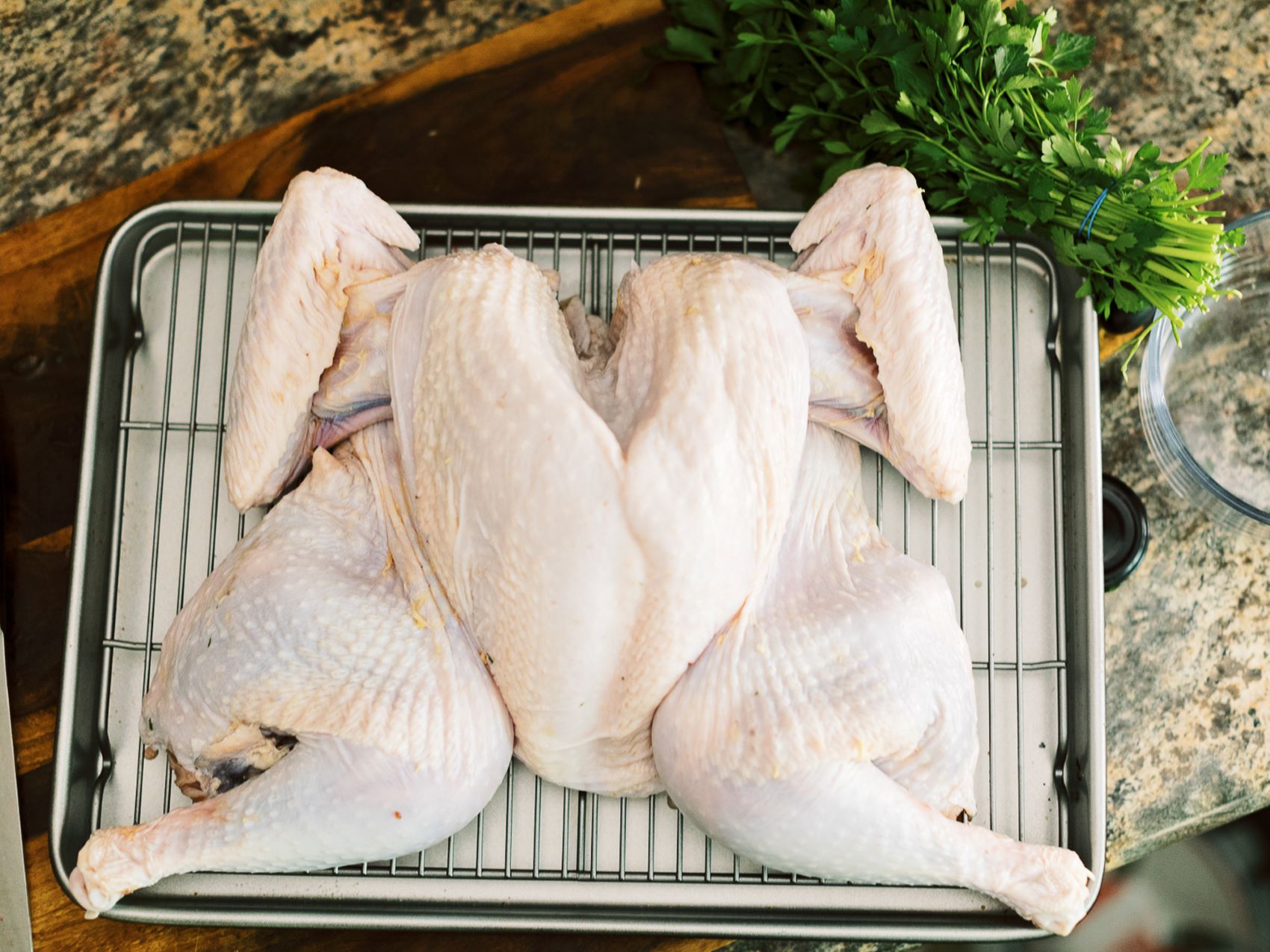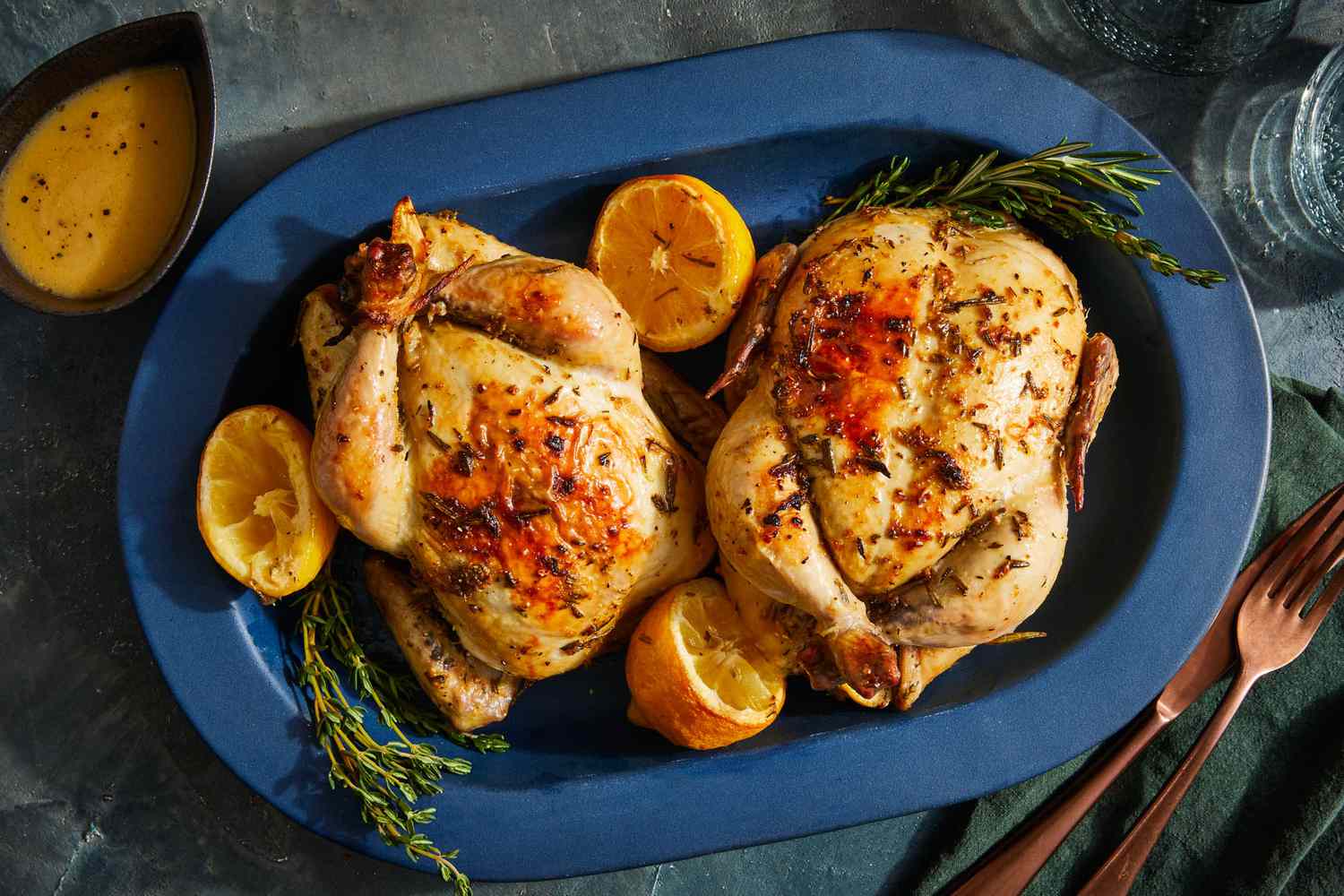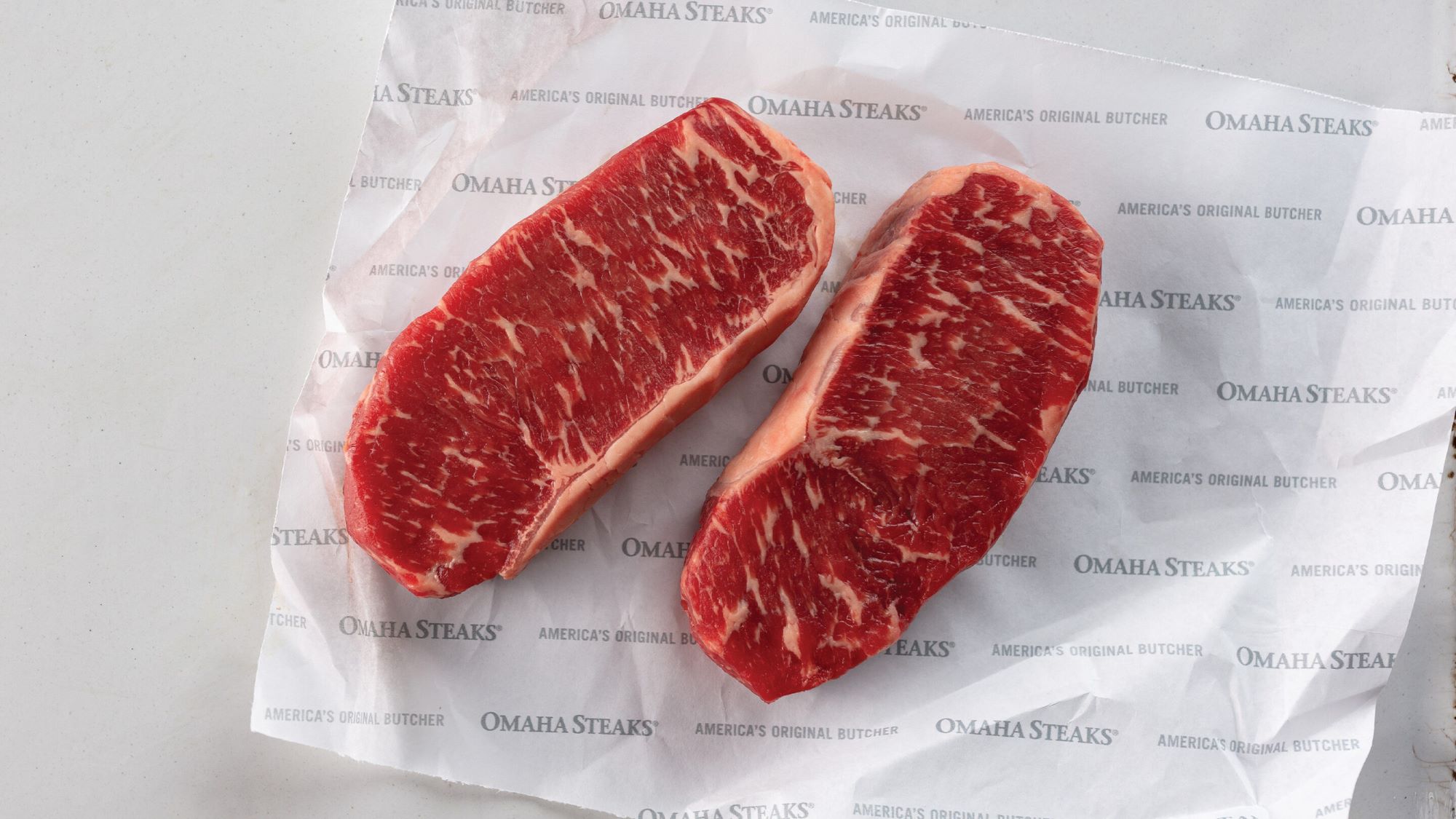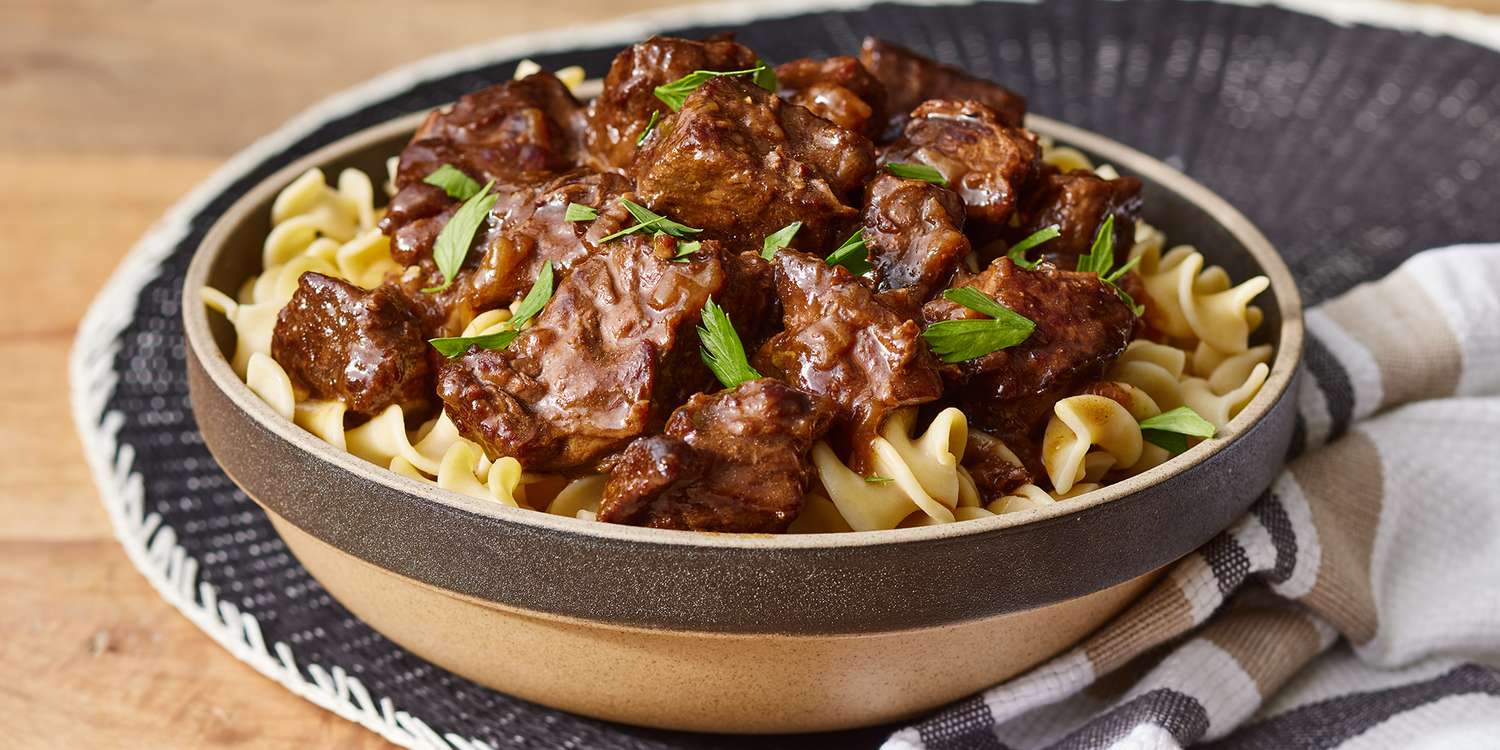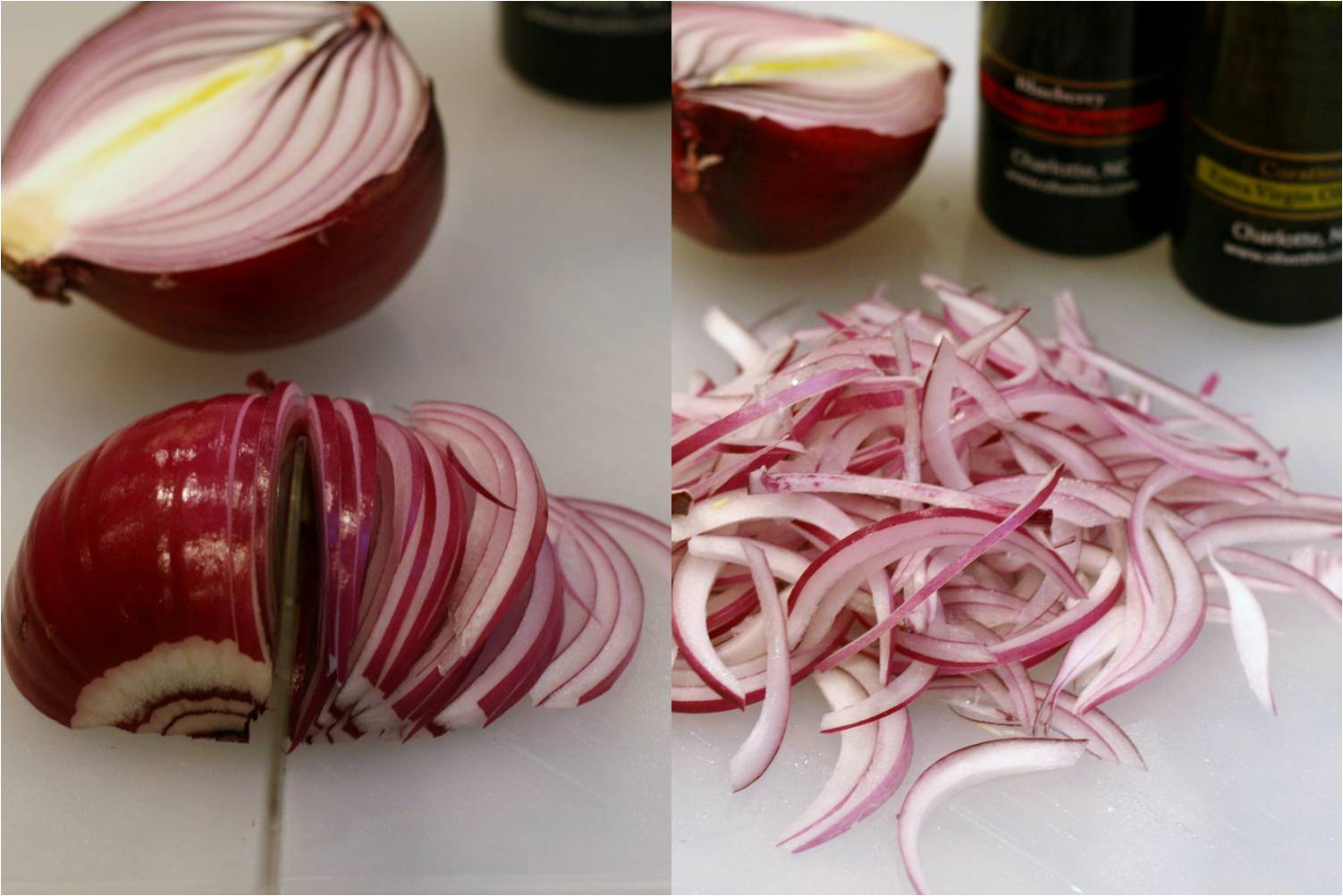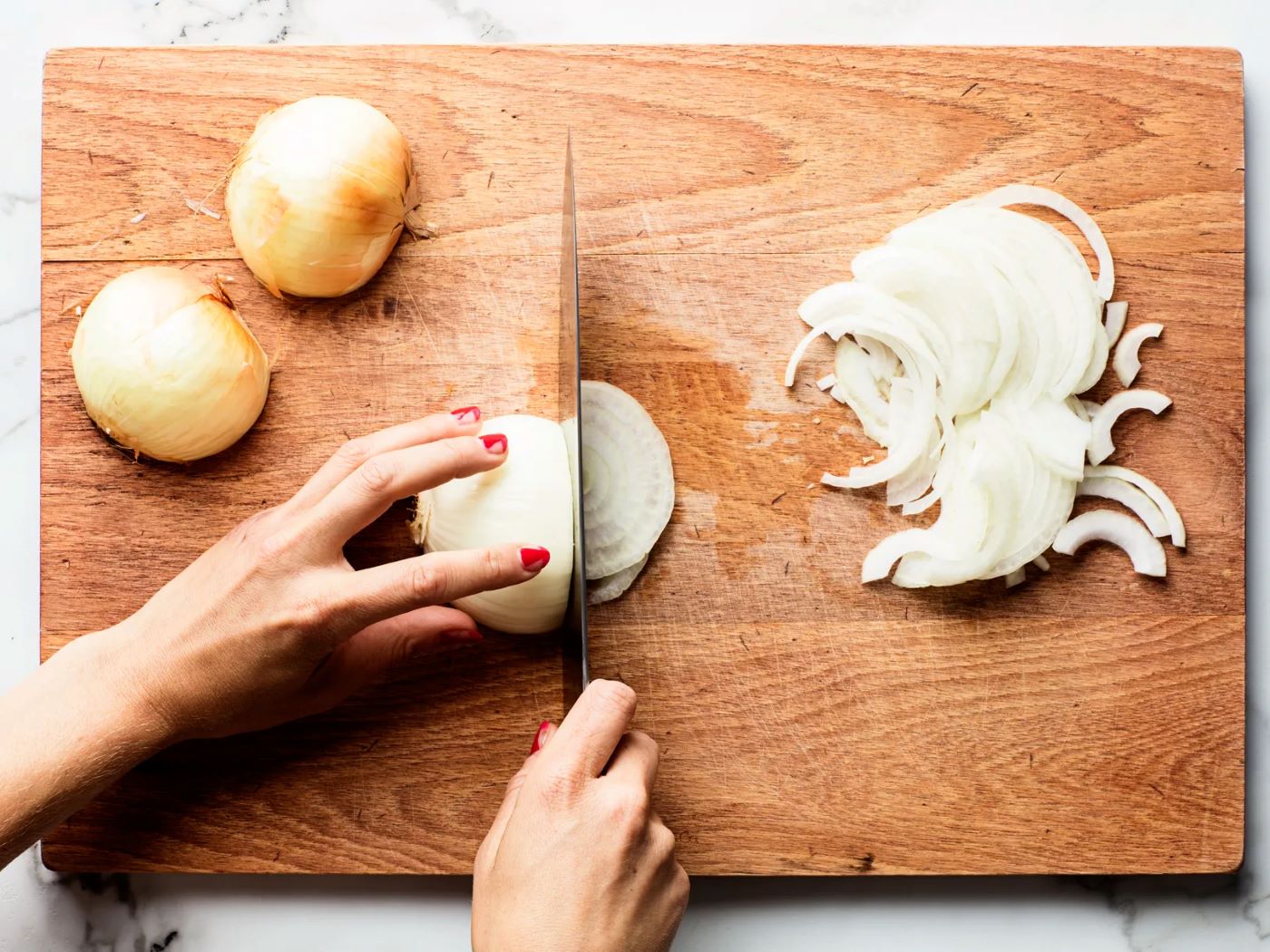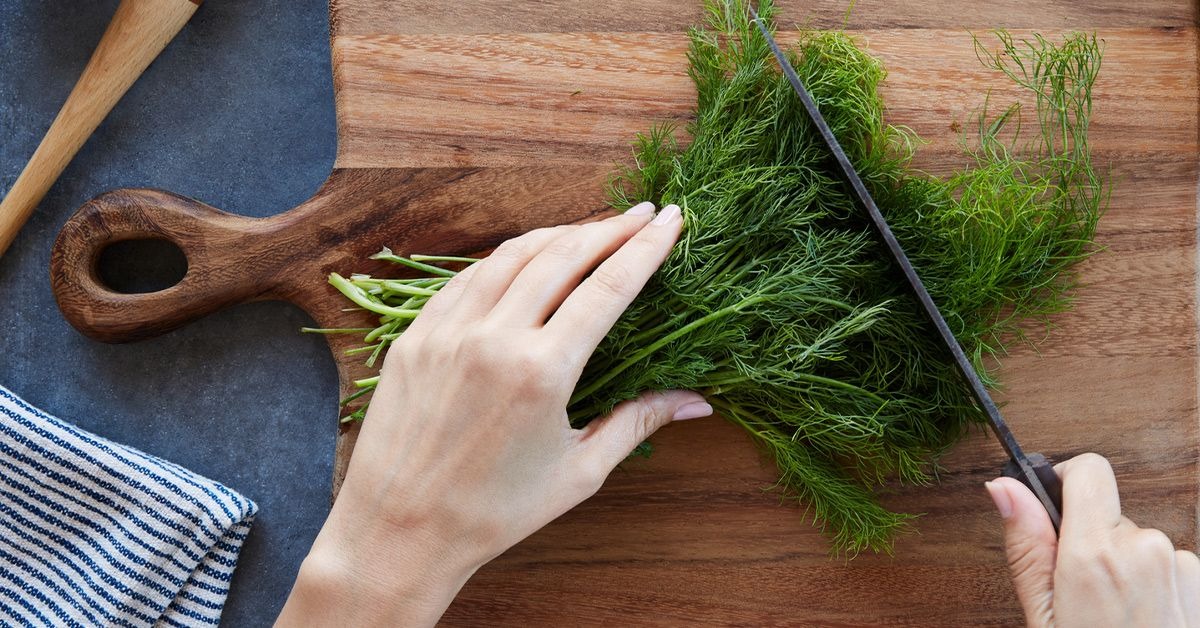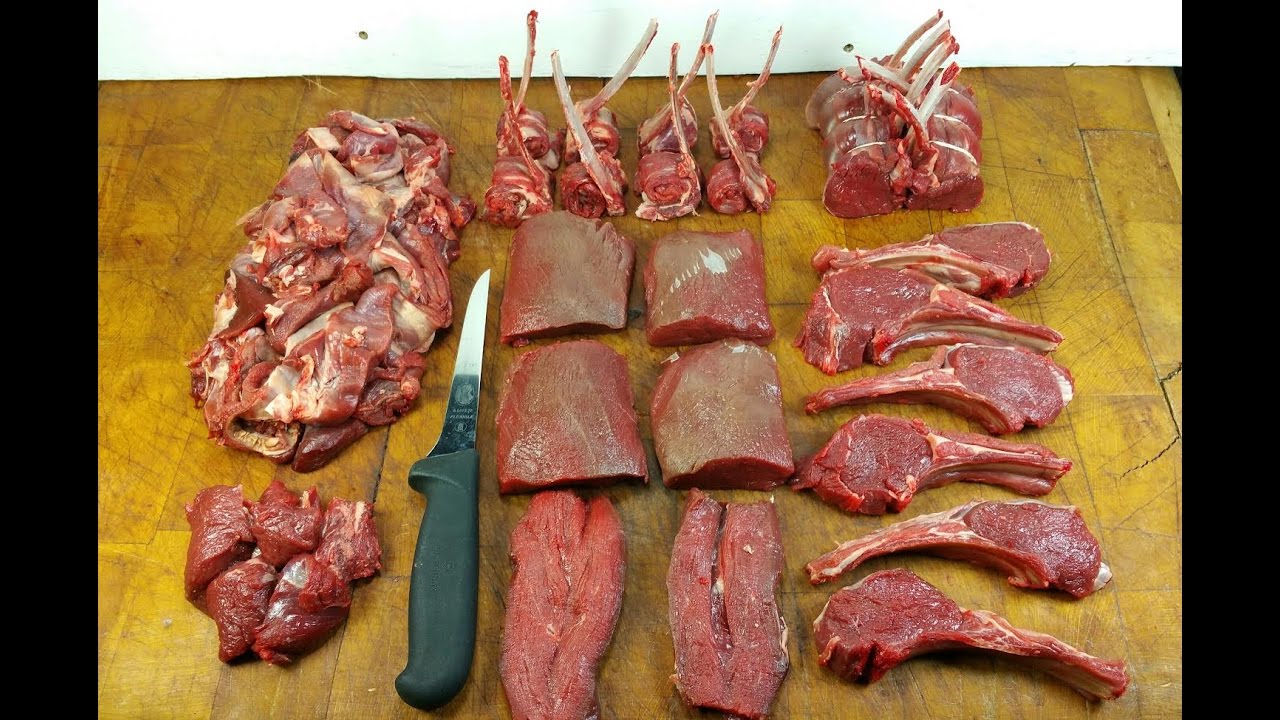How to Cut Raw Steak: A Step-by-Step Guide
Are you a meat lover who wants to learn the art of cutting raw steak like a pro? Look no further! In this comprehensive guide, we will take you through the steps of properly cutting raw steak to ensure delicious and tender results every time. Whether you’re preparing a mouthwatering steak dinner or looking to impress your guests with expertly sliced steak, these tips and techniques will help you master the art of steak-cutting.
1. Start with a Quality Cut of Steak
The first step in cutting raw steak is selecting a high-quality piece of meat. Look for well-marbled cuts like ribeye, New York strip, or filet mignon. These cuts tend to be more tender and flavorful.
2. Gather the Right Tools
To make clean and precise cuts, gather the necessary tools: a sharp chef’s knife, a cutting board, and a pair of kitchen tongs. Having the right tools will make the process much easier and safer.
3. Preparing the Steak
Before cutting, let the steak rest at room temperature for about 20-30 minutes. This will allow the meat to relax, making it easier to handle and ensuring even cooking.
4. Identify the Grain
The grain refers to the lines of muscle fibers running through the steak. It’s crucial to identify the direction of the grain before cutting, as this will determine the tenderness of each slice.
5. Cutting Against the Grain
Cutting against the grain is key to achieving tender, easy-to-chew steak. By slicing perpendicular to the grain, you shorten the muscle fibers, resulting in a more tender bite. Pay attention to the direction of the grain and adjust your knife angle accordingly.
6. Start with Steady Pressure
Hold the steak firmly with kitchen tongs, guiding the knife with steady pressure. Use a confident, fluid motion to ensure smooth and even cuts.
7. Slice with Consistency
To achieve uniform slices, aim for a consistent thickness throughout. This will ensure even cooking and a balanced flavor profile in each bite.
8. Let the Knife Do the Work
Avoid applying excessive force while cutting raw steak. Use a sharp knife and let it do the work for you. This will help maintain the integrity of the meat and prevent any unnecessary tearing.
9. Practice Makes Perfect
Cutting raw steak takes practice and patience. Don’t be discouraged if your first attempts aren’t perfect. With time, you’ll develop the skills and confidence needed to become a steak-cutting expert.
10. Proper Storage
After cutting your raw steak, store the leftovers in airtight containers or wrap them tightly in plastic wrap. This will help maintain freshness and prevent any contamination.
By following these step-by-step instructions, you can become proficient in cutting raw steak like a true chef. Whether you’re hosting a dinner party or simply indulging in a steakhouse-quality meal at home, mastering the art of steak-cutting will elevate your culinary skills to new heights. So, grab your knife, choose a quality cut of steak, and get ready to impress your taste buds and your guests!
For those looking to practice their steak cutting skills, there are several recipes that stand out. Trying Grilled Ribeye Steak and Filet Mignon with Herb Butter will let one appreciate the different textures and grain directions of various cuts. Steak Fajitas and Steak Tacos are perfect for mastering slicing against the grain for tender bites. For a raw preparation, Beef Carpaccio is an excellent choice to test precision and thin slicing skills. Each of these dishes not only enhances cutting techniques but also delivers incredible flavors.
Was this page helpful?
Read Next: How To Cut Potatoes Into Fries With Knife

